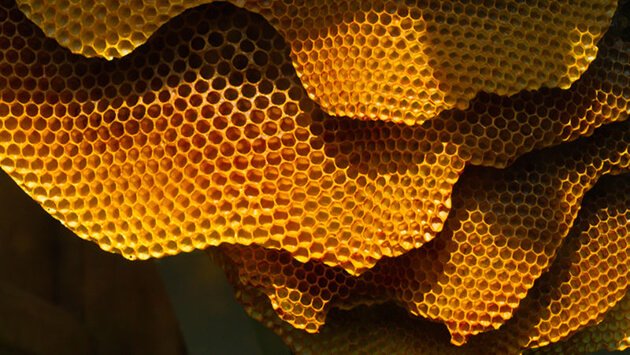Surprising Foods With Indefinite (And Somewhat Limited) Shelf Life

Any thoughts about stockpiling foods in the event of a catastrophic emergency are dominated by two simple words: Shelf life. Some foods lose their nutritional value over time; others can become rancid or even dangerous if microbial or fungal growth invades the food. Curiously, there also are foods that have a shelf life measured in decades, if not centuries
We’re going to explore three general categories of foods that can be stored for various periods of time:
- Foods with an extremely long shelf life, even up to centuries.
- Foods with a very long shelf life (decades) due to their processing and packaging.
- Grocery store foods with a fairly long shelf life, six months to a year, or longer.
Foods With an Extremely Long Shelf Life
Some foods by their nature have surprisingly long shelf life if packaged and stored properly. Many are available at your local grocery store for a relatively low cost but you may want to consider repackaging or further sealing them if you plan to store them for any significant length of time. Here’s the top 10 long-term food storage champs:
1. Honey
A story about honey that’s often touted was the discovery by archaeologists of honey jars in an ancient Egyptian tomb. The honey was carbon dated as 3,000 years old and was still food-safe and tasted just like honey.
2. Salt
If you can keep the moisture out of stored salt it will last indefinitely. Salt is a standard staple in any long-term food storage plan and is used in food preservation methods such as curing and pickling.
………..
Foods With a Very Long Shelf Life
Some companies today are in the business of specifically selecting, processing and packaging foods that will typically have a stable shelf life of 20 to 30 years if stored properly.
These are the some of the common foods packaged to have a very long shelf life:
- Dried beans, 30 years
- Rolled oats, 30 years
- Pasta products, 30 years
…………..
Foods With a Fairly Long Shelf Life
Some foods can last a relatively long time but it’s measured in months or a couple of years as opposed to decades. As a general rule, you should pay attention to the expiration dates on bottles, cans and boxes purchased at a grocery store. You can still eat the food after the expiration date, but there may be a loss of nutritional value. Also, packages – such as boxes or bags – are more likely to allow compromise due to moisture or rodent invasion.
………..
More Interesting Articles:
Read the full article here: Click Here
Article source: Off The Grid News
Image source: io9









